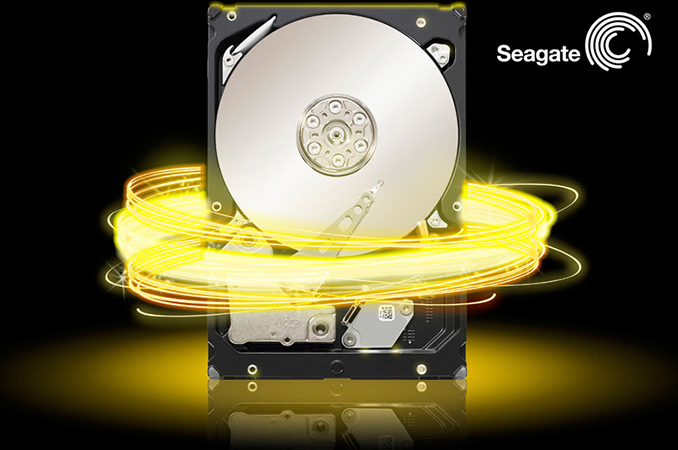A resilver and a scrub are very similar in that they walk the pool in a virtually identical manner. [...] However, when resilvering, or even when just repairing checksum errors during normal read operations, you are also doing an additional write operation and some other stuff. [...] For a single disk, writing a single sector shouldn't be terribly hard. [...] However, for a single SMR disk, writing a single sector involves rewriting the entire shingle, and we already know that this can get very hard on pools, even outside of a scrub operation, if more than a small number of rewrites are involved. This is what led to the original kerfuffle about SMR disks: people had pools that were failing to resilver, even if they had RAIDZ2 or RAIDZ3 protection. Worse, for even a CMR disk, the sustained write activity increases stress particularly on the target (drive being replaced), increasing temperatures. It is not just a function of reading the existing data sectors and verifying the parity sectors. It is reading the block's sectors, back-calculating the missing data or parity sectors, and then writing that out to the replaced disk. This is more work than just reading all the disks. Reading is relatively trite and some of it is mitigated by drive and host caching. Writing semirandom sectors to rebuild ZFS blocks typically requires a seek for each ZFS block, which may be harder on the drive being written to. More work equals more heat. Finally, resilvers on mirrors are somewhat easier than RAIDZ because you might only be involving two or three disks (meaning only two or three disks are running warm). RAIDZ, on the other hand, involves each disk in the vdev, and because the process is slower due to the nature of RAIDZ, all the component drives run busier, for longer, get warmer, and it just isn't really a great thing for them. [...]

